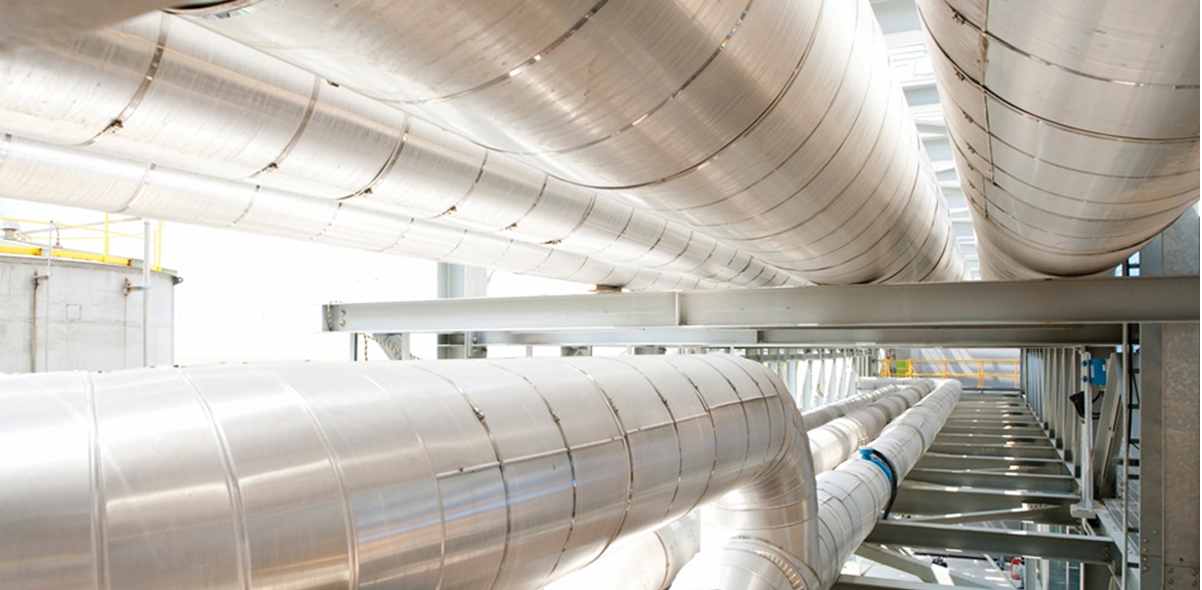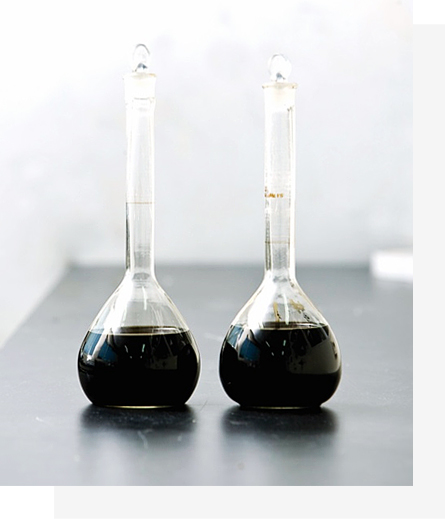Pulp&Paper Innovation that
adds Values to our lives.
connecting to our vision of paper’s future
During the process of pulp production, fibers are separated by a solution.
This solution, black liquor, is a mixture of remaining lignin, other extracts,
and digestion chemicals. The black liquor, which got its name from its dark brown color,
is a recyclable energy which is not disposed, but used in the digestion process after
undergoing various processes.


Black liquor is formed during the pulp manufacturing process and is used again for pulp production. It is recognized and used as a renewable energy, and research continues actively overseas. Moorim P&P is the only company in Korea which can realize the value of black liquor. The eco-friendly recycling system in the pulp manufacturing process is the reason why the process does not require any chemical fuels.
-
 Black Liquor is a Renewable Energy Source
Black Liquor is a Renewable Energy Source
Black liquor was frequently referred to as waste, but this was the story of the past when the industry lacked technology to utilize black liquor. Organic materials in black liquor are used to produce steam and electricity, and inorganic materials are recovered and reused as digestion chemicals. Black liquor is not a waste, but a renewable energy source.
-
 Characteristics of Black Liquor
Characteristics of Black Liquor
Due to its name, black liquor is frequently misunderstood to be a liquid, but it is classified as solid fuel. Black liquor burns as liquid under suitable temperature and concentration but stays solid when stored in room temperature.
-
 Utilization of Black Liquor
Utilization of Black Liquor
Black liquor is used in various applications, including renewable energy. When the lignin extracted from black liquor synthesizes with polymer resins, it becomes an eco-friendly plastic. It has beneficial properties and can be used as eco-friendly materials for the interior of vehicles.
-
 Energy Value of Black Liquor
Energy Value of Black Liquor
When black liquor is incinerated, steam and electric energy is produced. When this energy is used in the paper drying process in Moorim P&P’s integrated mill, a separate boiler facility is not needed. The greenhouse gases reduced from such measures reaches 800 thousand tons, equivalent to about KRW 168 billion when converted to expenses.
